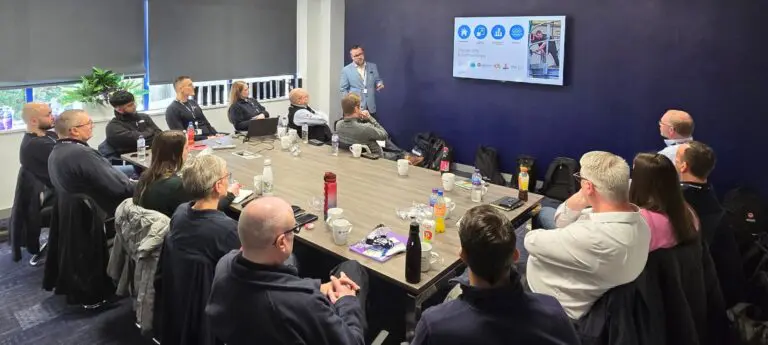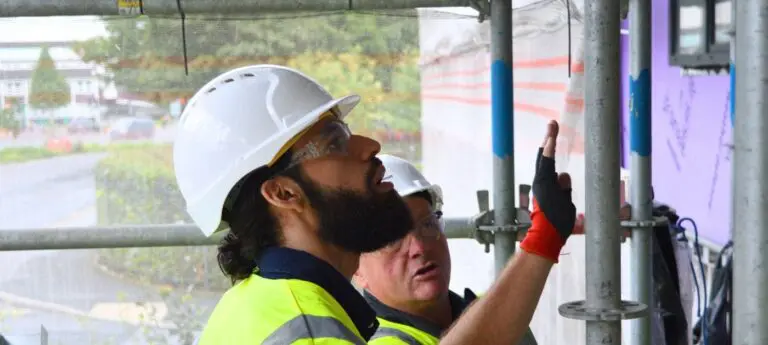What does Gateway 2 mean for Tenmat?
The introduction of Gateway 2 under the Building Safety Act has fundamentally changed how fire safety is approached in the design and construction of Higher-Risk Buildings (HRBs).
At Tenmat, we’re working closely with clients across the UK to help them navigate this new regulatory landscape — not just with products, but with practical, technical support.
This article outlines what Gateway 2 means for applicants, how to prepare a successful submission, and how Tenmat supports the process — especially when fire protection is a critical part of the design.
Need help or guidance with your BSR application?

Adam Taylor, National specification manager, Tenmat
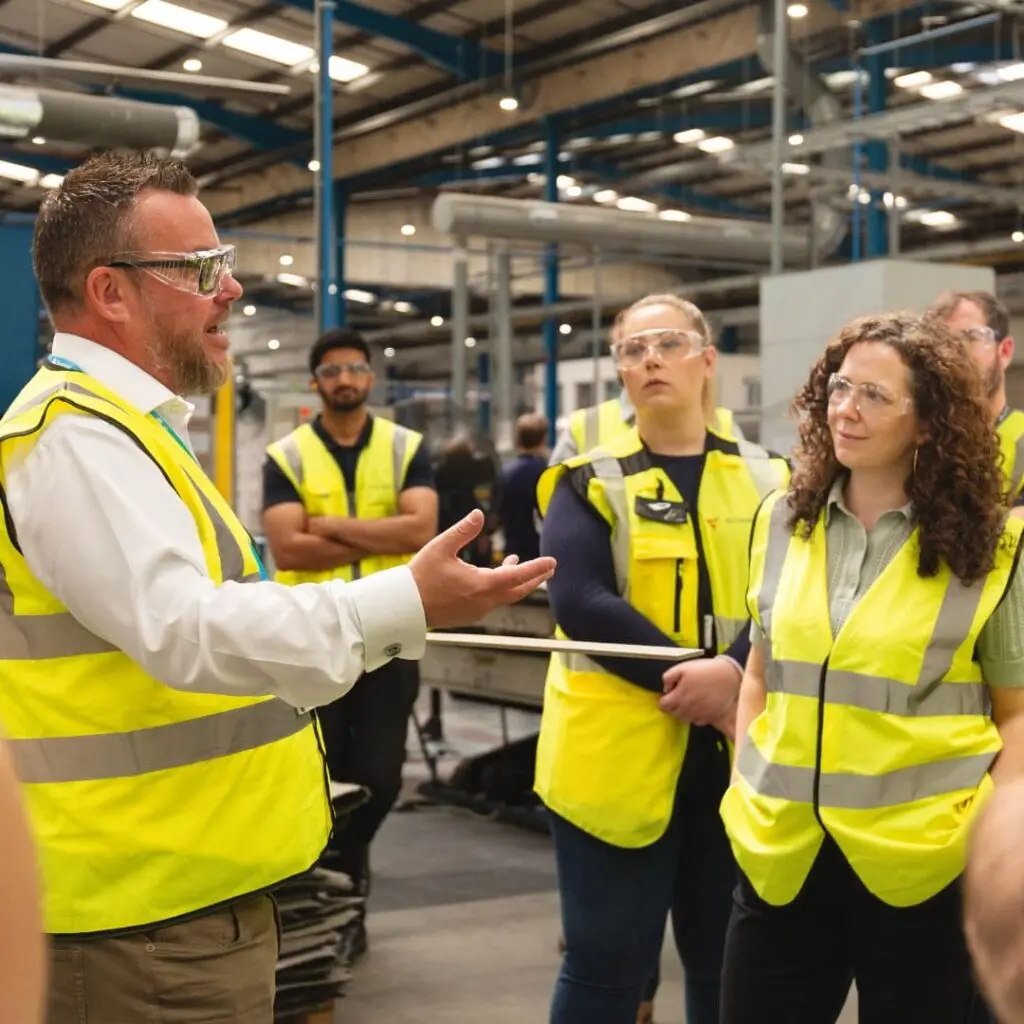
an introduction to gateway 2
What is Gateway 2?
Gateway 2 is the mandatory checkpoint introduced by the Building Safety Act before construction begins on HRBs. Applicants are required to submit detailed design information to the Building Safety Regulator (BSR), demonstrating how the building will meet the functional requirements of the Building Regulations.
There are two possible outcomes:
- Approval – Full compliance is demonstrated with comprehensive design detail and supporting evidence, including fire testing (e.g. EN 1364-1, EN 13501-1, TGD 19).
- Approval with Requirements – The design shows it can comply, but some details are deferred under a structured plan.
the importance of compliance
Why Gateway 2 matters
Conditional approvals were common under the previous regulations. This would often result in confusion about who was responsible for compliance. Gateway 2 removes any ambiguity because the BSR will not provide design solutions or manage your submission. The responsibility lies entirely with the applicant.
This shift has created challenges, especially for teams unfamiliar with the level of detail now required. That’s where Tenmat adds value — helping clients understand what’s needed under the Building Safety Act and how to deliver it effectively.
What a Strong Gateway 2 Submission Looks Like
A successful Gateway 2 submission is built on clarity, structure, and evidence. Here’s what we recommend:
This document should clearly outline:
- Description of work
- Project team and roles
- Development overview and programme
- Key building information
If the application is part of a multi-building or phased development, this must be stated to help the BSR allocate resources appropriately.
This aligns submitted documents with Schedule 1 of the Building Regulations, ensuring nothing is missed and everything is traceable.
This ties together the entire submission, referencing:
- The Approval with Requirements Plan (if applicable)
- Deferred design elements
- Justification for deferral
- Timeline for submission of outstanding details
strategic benefits
Using “Approval with Requirements” Effectively
It’s important to note that this mechanism is not a shortcut. Rather, it’s a strategic tool. It can be effectively used:
- To resolve minor omissions
- As part of a phased submission strategy
The Approval with Requirements Plan must be detailed and realistic. It should specify:
- Which elements are deferred
- Why deferral is necessary
- What further information will be provided
- When it will be submitted
At Tenmat, we help clients build these plans to ensure they meet BSR expectations without overcommitting or under-delivering.
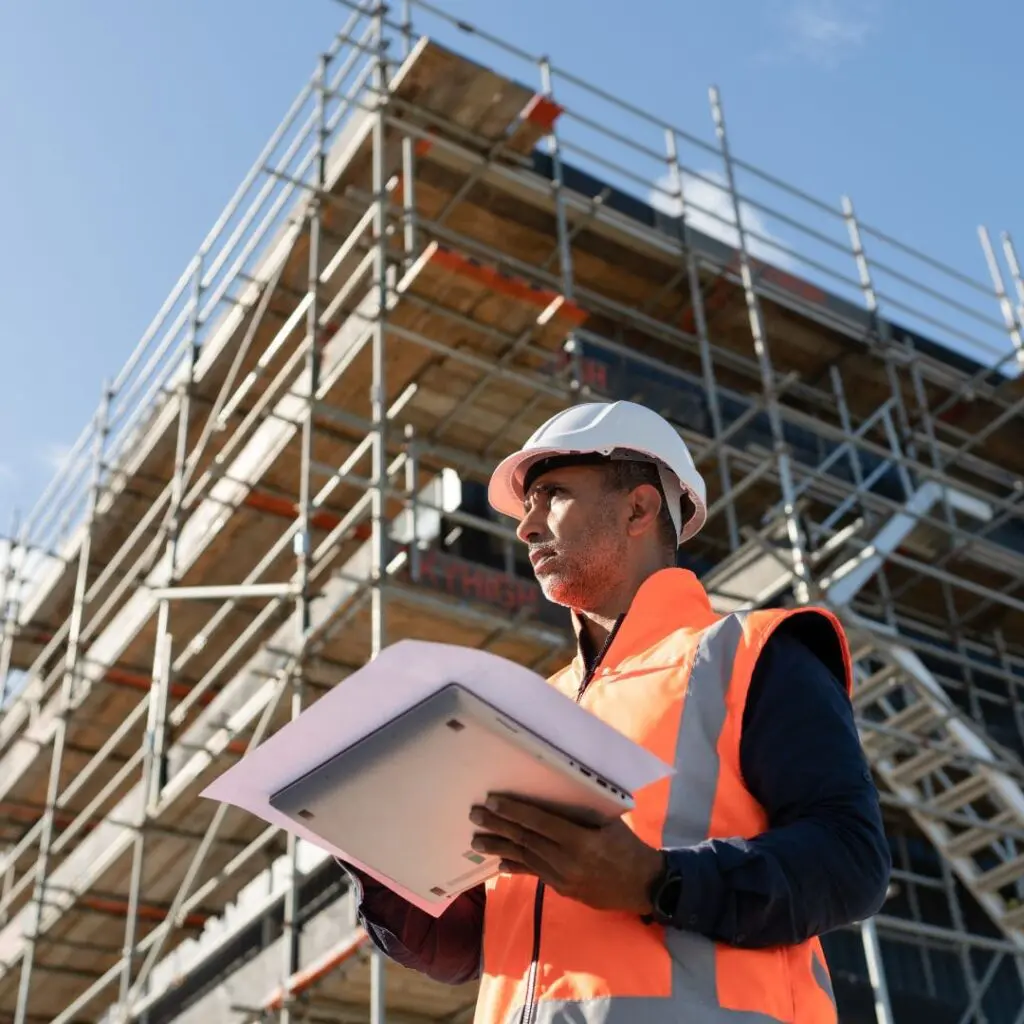
Fire Testing and Product Evidence
One of the most common reasons for rejection is misalignment between fire test data and actual construction. We ensure this is avoided by supporting our clients:
- Providing test reports that match the proposed build-up
- Advising on material selection and configuration
- Ensuring documents are correctly formatted and titled (e.g. test number, date, facility)
- Ensuring all files are under 2MB and submitted in PDF format
We also help clients understand how to use TGD 19, EN 1364-1, and EN 13501-1 effectively, especially when multiple compliant products exist within the design.

rejection outcome
What to Do If Your Application Is Rejected
Rejections aren’t uncommon — but they are avoidable. If you need to resubmit your application, your Project Brief should reference the previous application (e.g. “Rejection Explanation of BCA01234567”) and clearly indicate how the issues have been addressed.
We have helped clients recover from rejections by:
• Identifying gaps in the original submission
• Re-aligning test evidence and documentation
• Rebuilding the Approval with Requirements Plan
fire safety as priority
Our Broader Mission: Education and Support
While Gateway 2 is a UK-specific regulation, the principles behind it — clarity, accountability, and fire safety by design — are universal, and central to the way we at Tenmat operate.
Tenmat is expanding internationally, and we’re seeing growing demand for passive fire protection in regions where legislation is still developing. In these markets, our role goes beyond supplying products — we’re helping educate specifiers, contractors, and regulators on the importance of cavity barriers and compliance.
Through CPDs, technical workshops, and one-on-one support, we’re helping raise the standard for fire safety globally.
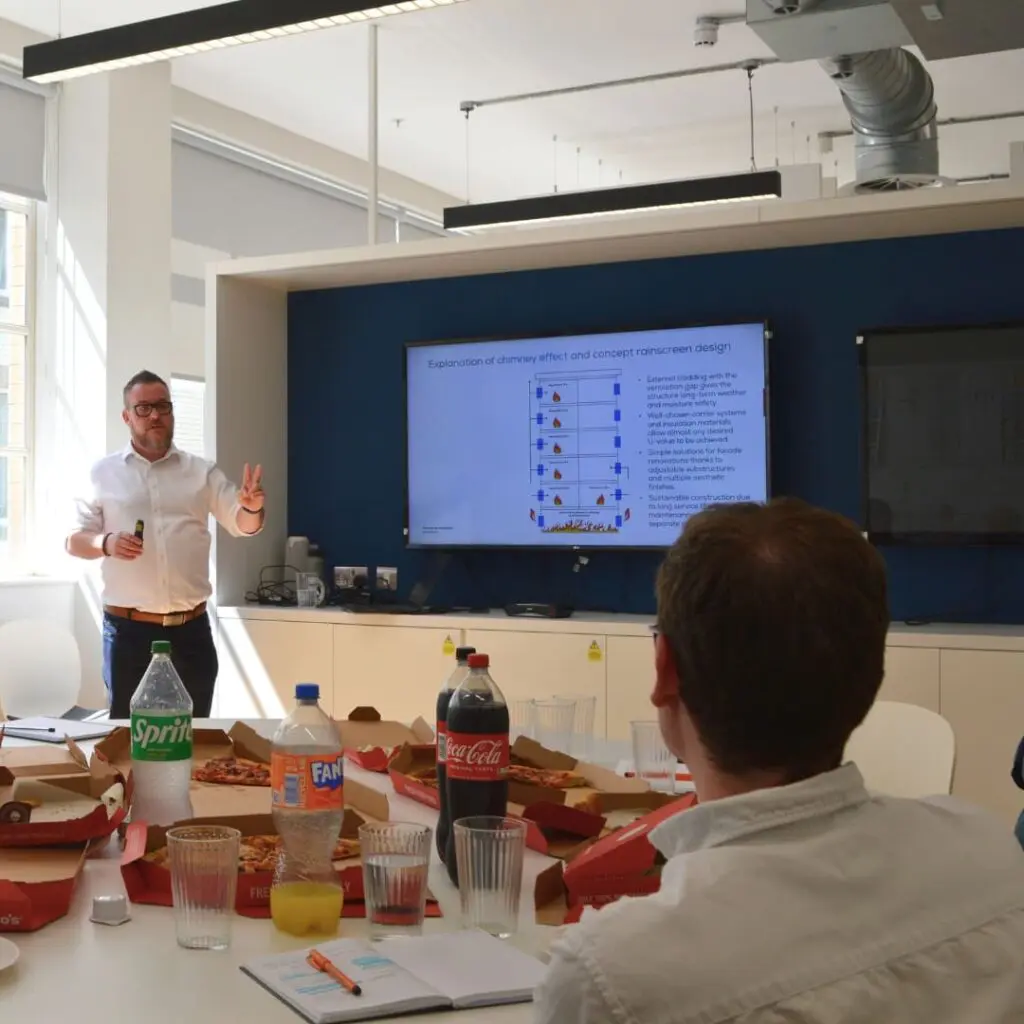
Final thoughts
Gateway 2 shouldn’t be perceived as just a ‘regulatory hurdle’ — it’s actually an opportunity to build safer, smarter buildings from the ground up. With the right preparation and the right partners, it’s entirely achievable.
Importantly, Gateway 2 is a key part of the wider framework introduced by the Building Safety Act, which aims to transform how safety and accountability are managed across the construction industry. By aligning your submission with the principles of the Building Safety Act, you’re not just meeting legal requirements — you’re actively contributing to a safer built environment.
If you’re preparing a submission and want to ensure your fire protection strategy stands up to scrutiny, get in touch with us. We’re here to help — not just with products, but with insight, experience, and a genuine commitment to safer buildings.


